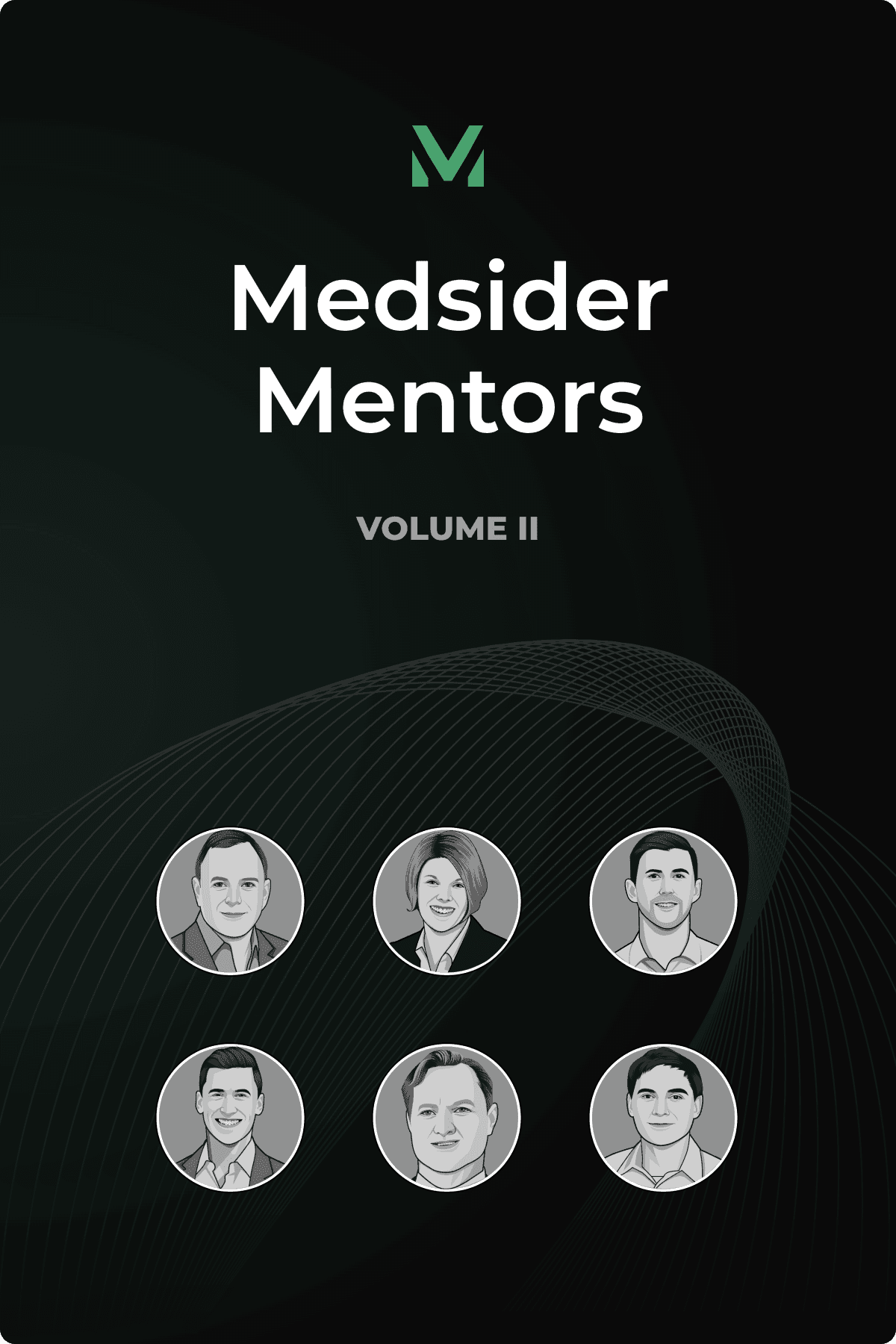Identifying and Mitigating Key Risk Factors in Medtech Startups
Interview with Adona Medical CEO Brian Fahey

Key Learnings From Brian’s Experience
There are three major risk factors in medtech: product-market fit, technical feasibility, and clinical validation. When assessing your idea, the first thing to do is to try to talk yourself out of it. Once you reach a point where you can’t argue any further, you may have something solid. From there, your goal should be to identify the areas with the highest risk factors and those that are quickest to mitigate.
Pioneering innovations can be substantially rewarding, but the trade-off is they often demand longer, more complex clinical trials. Mitigate clinical risk by studying the pathways of predicate technologies to refine endpoints, patient populations, and more. True disruption requires a product that’s not just better, but significantly transformational.
Be selective in fundraising: Consider your sector, stage, and the size of the round you’re after in order to focus your energy on your best prospects. Transparency and consistent communication build trust and enhance your brand in both fundraising and M&A processes.
"It's always a funny journey; it never takes that linear path that we all think we're going to have when we're younger," are the opening words of Brian Fahey, CEO of Adona Medical. He’s an engineer who had initially set out to build an academic career. However, during his Ph.D. at Duke University, Brian realized staying in academia permanently wasn't the right fit for him.
Instead, Brian found himself at the Stanford Biodesign Innovation Program. "In the first 10 minutes of the Stanford Biodesign introduction, I just knew, this is exactly what I want to do," he recalls.
Dedicating himself to bridging the gap between research and patient care, Brian entered the medtech arena and proceeded to found Niveus Medical in 2008, a company that developed rehabilitation solutions to accelerate patient recovery following prolonged ICU stays. Brian operated the company for a decade, during which time the Niveus technologies were used to provide more than 10,000 patient treatments before they were acquired by Stryker in 2017. He then gained further industry experience through his role at Johnson & Johnson Innovation, before landing on an idea.
Although cardiology was quite popular at the time, Brian saw an opportunity in an underserved subfield: heart failure. While early-stage therapies and life-saving end-stage interventions were available, patients in the middle stages of the disease were considerably underserved.
“Ultimately, I ended up collaborating with someone I had known about 10 years earlier, Amr Salahieh,” Brian shares. Amr is the CEO of the innovation hub, Shifamed, where Brian joined as executive-in-residence to help lead strategy for the creation of Shifamed’s new portfolio company, which later came to be Adona Medical.
Today, Adona is developing an interatrial shunt that features a flow channel with an adaptable geometry that can be made larger or smaller post-implantation via the use of a proprietary induction catheter in conjunction with other common supplies. In addition, the implantable device features integrated sensors designed to remotely capture pressure readings from both the left and right atria multiple times per day without requiring patient interaction.
"What helped me gravitate towards the ideas that became Adona is that we had an opportunity to be disruptive in what had traditionally been two separate therapy classes for heart failure," Brian reflects. Adona’s shunt combines diagnostic and therapeutic capabilities.
Recently, Adona secured a Series C funding round of $33.5 million. This capital is set to support several milestones, including the company’s first human use trials.
You May Like These Articles
Medsider Premium
Become a premium member and unlock access to exclusive Medsider benefits.



